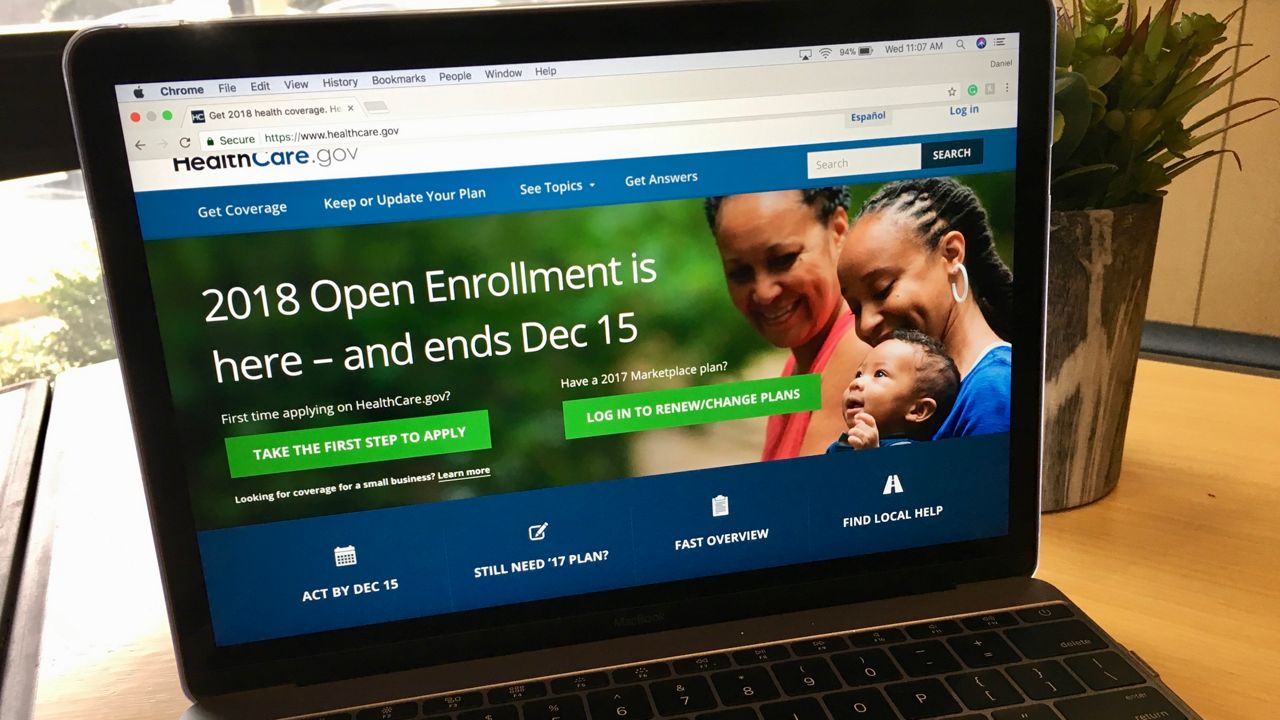NATIONAL -- When you apply for or renew your coverage in the Health Insurance Marketplace during Open Enrollment, it's important to have all the information you might need organized before you begin.
Below is a guide containing relevant information you need to know before you apply for coverage:
1. Important Dates
- Nov. 1, 2017: Open Enrollment begins.
- Dec. 15, 2017:Open Enrollment ends.
Note: After December 15 you can still buy health insurance if you qualify for a special enrollment period.
- Jan. 1, 2018: Plans sold during Open Enrollment take effect.
2. Costs
Your costs for coverage will depend on several factors such as age, location and family-status. For the most part, however, it seems as though costs for most will go up in 2018.
The ACA website offers an estimation tool so you can check prices before you enroll.
Those already enrolled will need to check with their specific provider to determine if their expenses will increase.
3. What if the Affordable Care Act or "Obamacare" is repealed?
The proposals to repeal the ACA have included wind-down periods, so those with ACA health-care plans would have notice that the program is ending.
4. Where to sign up
You can apply during Open Enrollment on HealthCare.Gov.
Those who require assistance, or have general questions about Open Enrollment can call the 24-hour assistance line at 1-800-318-2596.
5. What do I need to sign up?
In order to assure the enrollment process is a smooth one, the Marketplace recommends knowing the following before you go to enroll:
- How many people in your household you would like to enroll.
- The home/mailing address of everyone wishing to apply for coverage.
- Birth dates of everyone who wishes to enroll.
- Social Security numbers of those wishing to enroll.
- If you're relying on a professional to help you apply, have their information.
- Have documentation information for legal immigrants.
- How you usually file your taxes.
- Employer and income information for everyone in your household. It would be easiest to have pay stubs available, or W-2 forms.
- Your estimated household income for 2018.
- Policy numbers for current health plans currently covering members of your household.
- A completed Employer Coverage Tool for every job-based plan you or someone in your household is eligible for.
- IDs from any current health care plans you currently have.









